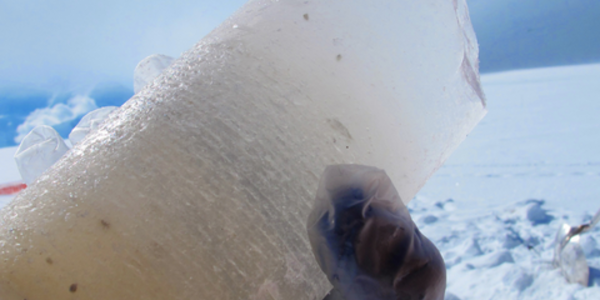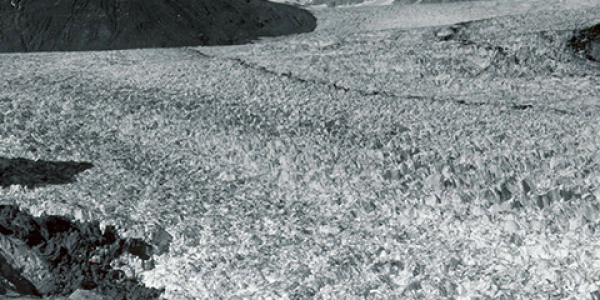
Paleoclimatology is the study of ancient climates, prior to the widespread availability of instrumental records. Similar to the way archeologists study fossils and other physical clues to gain insight into the prehistoric past, paleoclimatologists study several different types of environmental evidence to understand what Earth’s past climate was like and why. Over the years, Earth has kept records of its climate conditions preserved in tree rings, locked in the skeletons of tropical coral reefs, sealed in glaciers and ice caps, and buried in laminated sediments from lakes and the ocean. Scientists can use those environmental recorders to estimate past conditions, extending our understanding of climate back hundreds to millions of years.
Deciphering Our Ever-Changing Climate
If there is one thing that the paleoclimate record shows, it’s that Earth’s climate is always changing. Over the past two million years, numerous glacial periods have covered much of the high-latitude Northern Hemisphere landmasses in glacial ice, dropped sea level as much as 410 feet, and significantly cooled even tropical regions. In the more distant past, the Cretaceous Period (between 145.5 and 65.5 million years ago) was significantly warmer than today, with less polar ice, rising sea levels, and warm weather organisms thriving even in near-polar regions.
The study of paleoclimates has been particularly helpful in showing that Earth's climate system can shift between dramatically different states in a matter of years or decades. For example, tree-ring and lake-sediment records from North America show that decadal-scale "megadroughts" occurred multiple times over the last thousand years. During these periods, persistent droughts lasted much longer than any of the droughts we have experienced over the period of instrumental records. Understanding "climate surprises" of the past is critical to avoid being surprised by abrupt climate change in the future.
Understanding the Human Influence
The study of past climate change also helps us understand how humans influence Earth's climate system. The climate record over the last thousand years clearly shows that global temperatures increased significantly in the 20th century and that this warming was likely to have been unprecedented in the last 1,200 years. The paleoclimatic record also allows us to examine the causes of past climate change and to help unravel how much of the 20th century warming may be explained by natural causes, such as solar variability, and how much may be explained by human influences.
Visit the Paleoclimatology Data page to learn more about and access all of the historical data our Paleoclimatology Program stewards.



